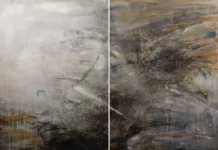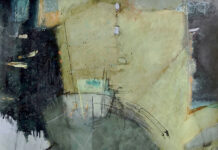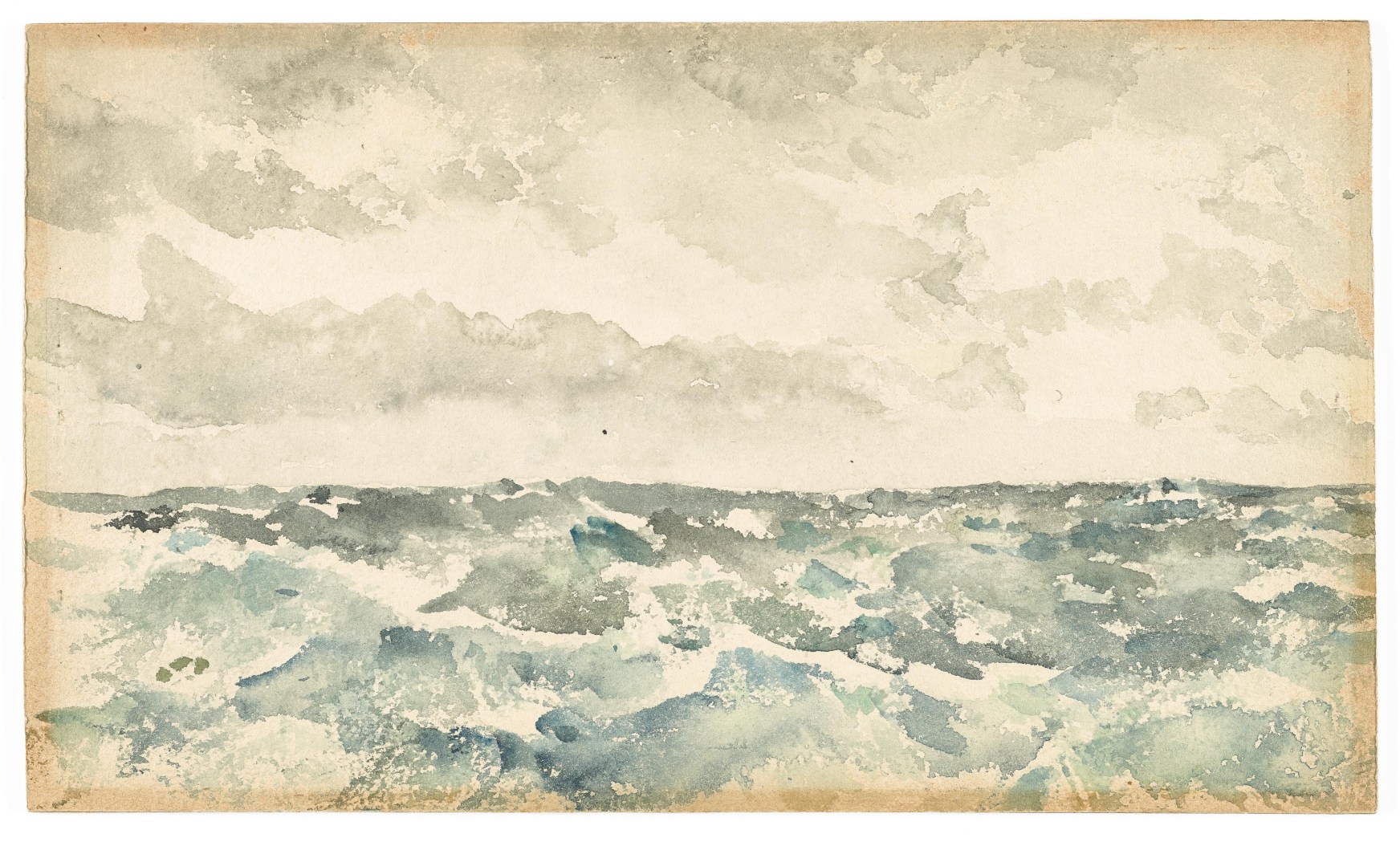
While traditional landscapes held little interest for James McNeill Whistler, he claimed, “The sea to me, is, and always was, most fascinating!” Rendered with simplicity, his seascapes of Southend, a popular seaside destination south of London, rely on broad washes of color with sparse detail. Whistler was a master at creating a mixture of paints that produced a tonally balanced palette. His seascapes were often organized in a three-part composition of sky, sea, and shore.
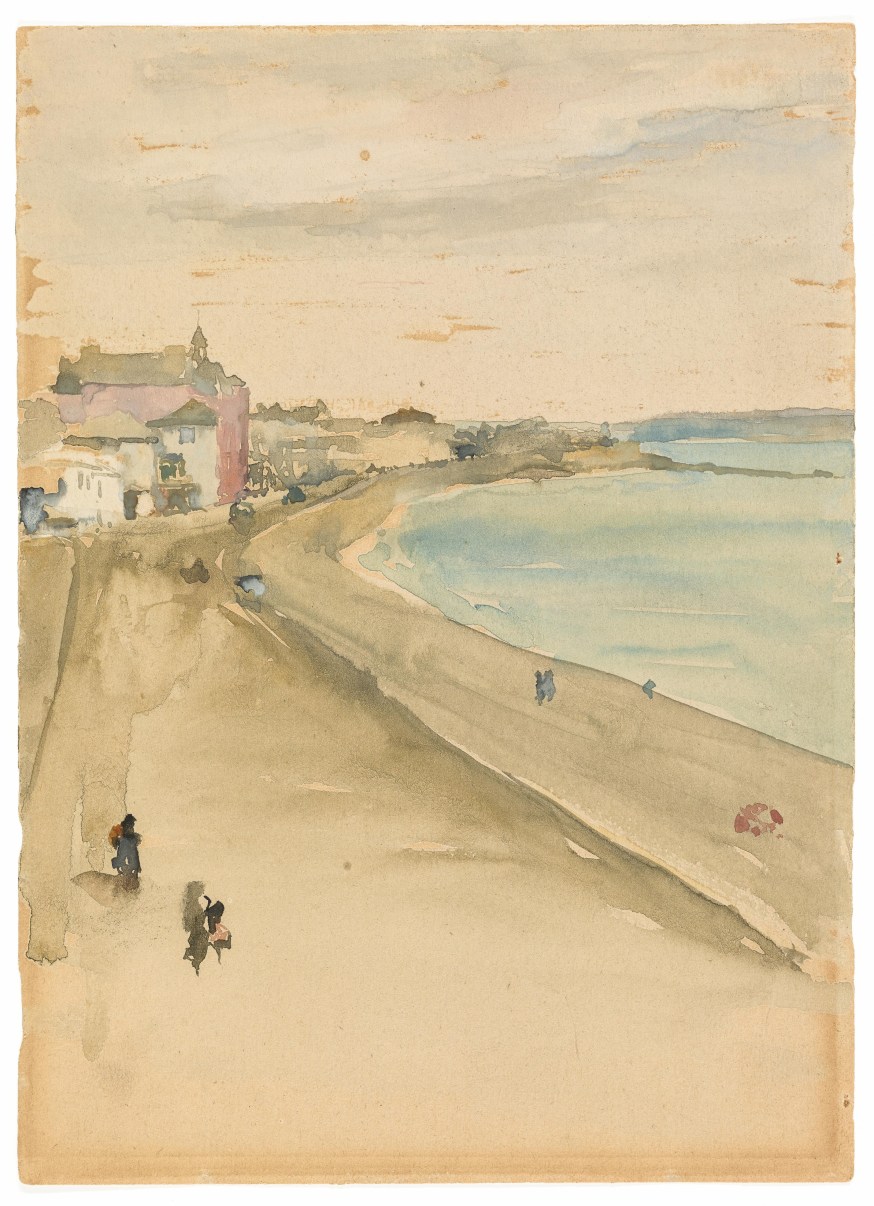
Whistler traveled to St. Ives in southwest England in late 1883, intent on producing works to sell at an upcoming solo gallery show in London. He had recently purchased supplies to paint en plein air, including a travel stool and a pochade box, a small case for carrying art materials. The artist reported he was “tremendously busy with lots of pictures of all kinds.” He moved easily between painting with watercolors or oils, yet his touch is lighter and his palette appears brighter in the watercolors. The watercolors from St. Ives are linked by their paper. Each contains traces of kaolin, a fine clay found in the hills of Cornwall and used in porcelain production.
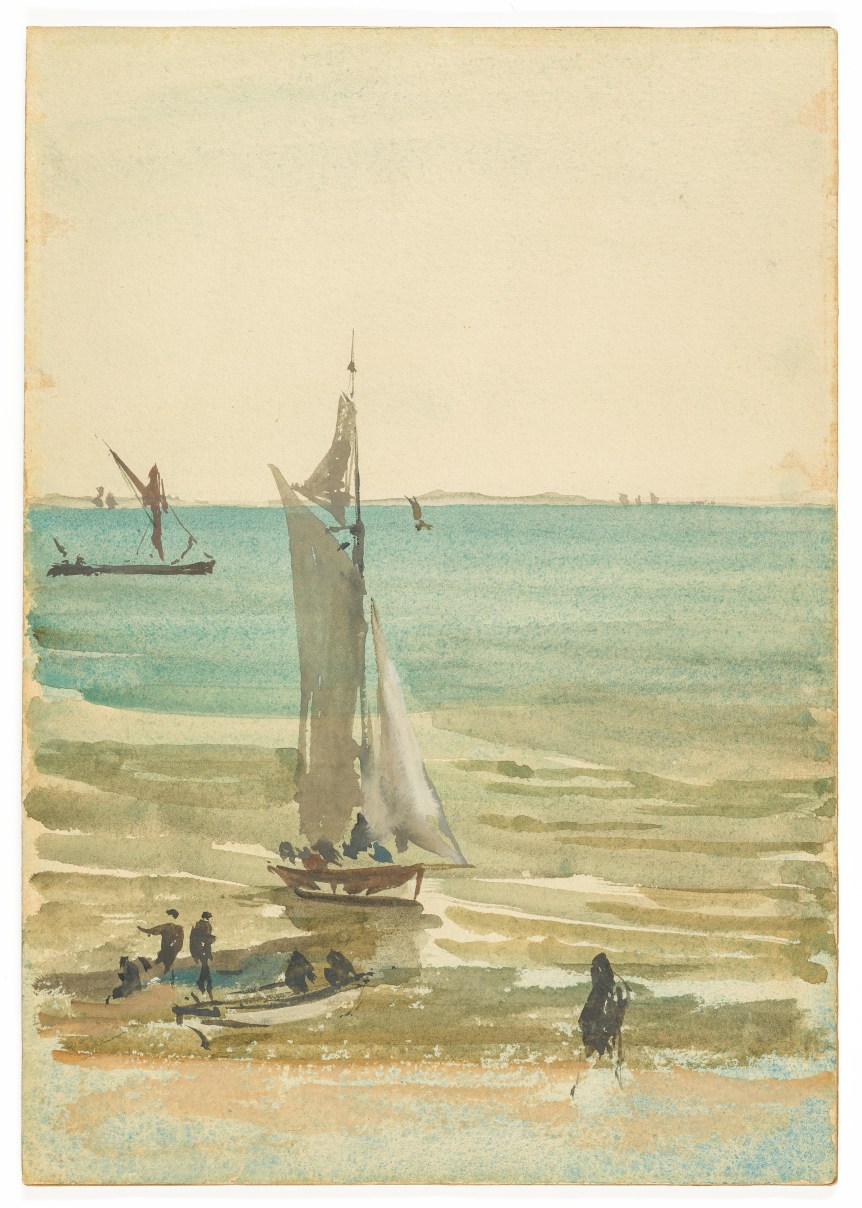
Museum founder Charles Lang Freer amassed the world’s largest collection of Whistler’s watercolors, with more than 50 seascapes, nocturnes, interior views, and street scenes. His vast collection also included prints, drawings, pastels, and oil paintings by the artist. Due to Freer’s will, these works have never left the museum, and the fragile watercolors have rarely been displayed. Recent research conducted by museum curators, scientists, and conservators now shines new light on Whistler’s materials, techniques, and artistic genius, as seen in this first major exhibition of his watercolors at the Freer Gallery since the 1930s.
“Whistler in Watercolor” will be on display through, November 3, 2019, at the Freer galleries, Washington, D.C.

